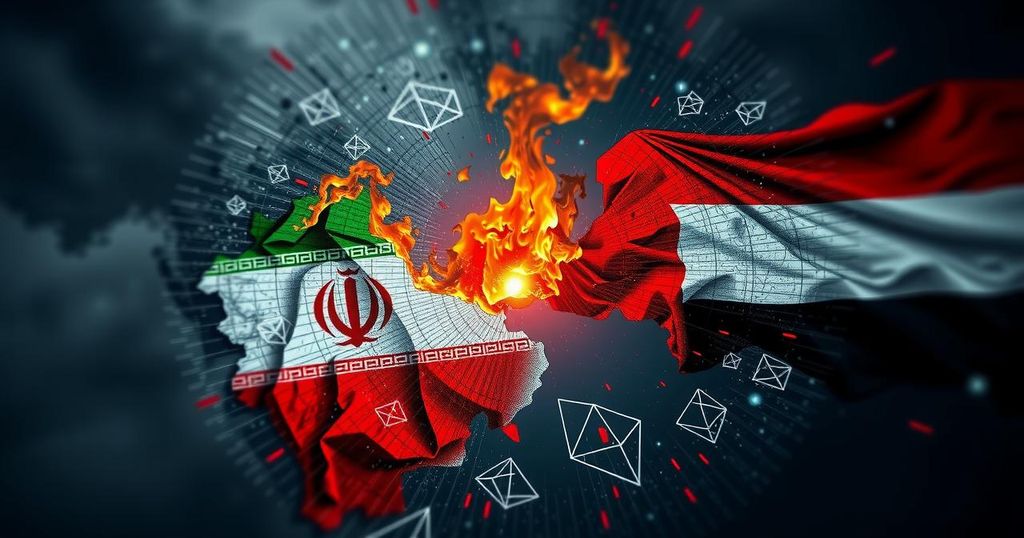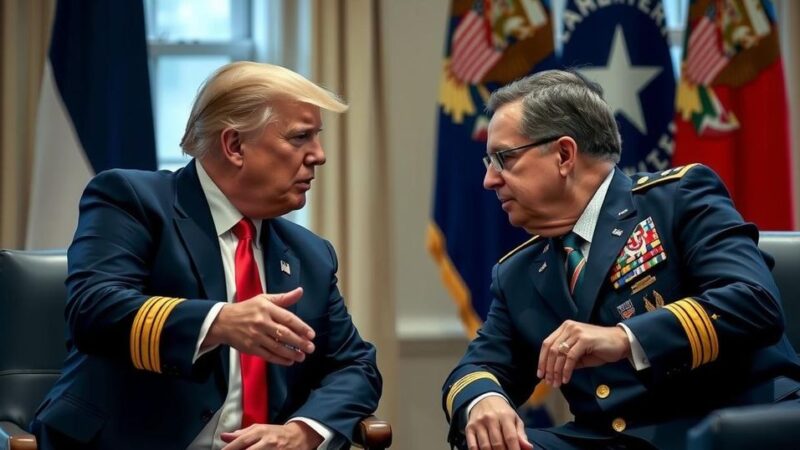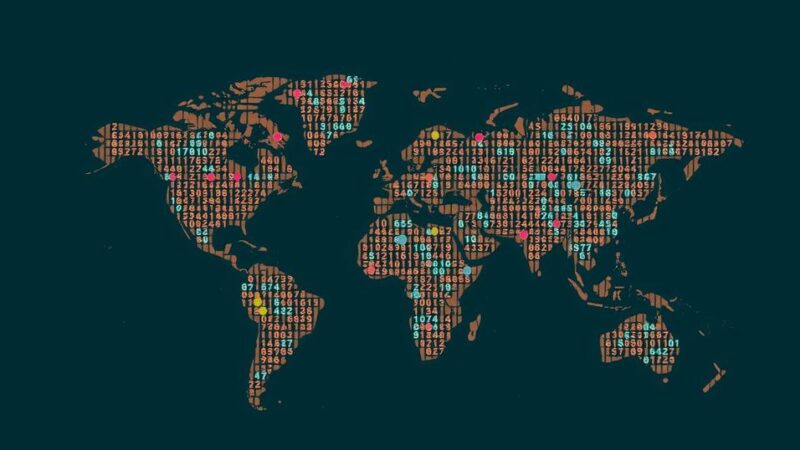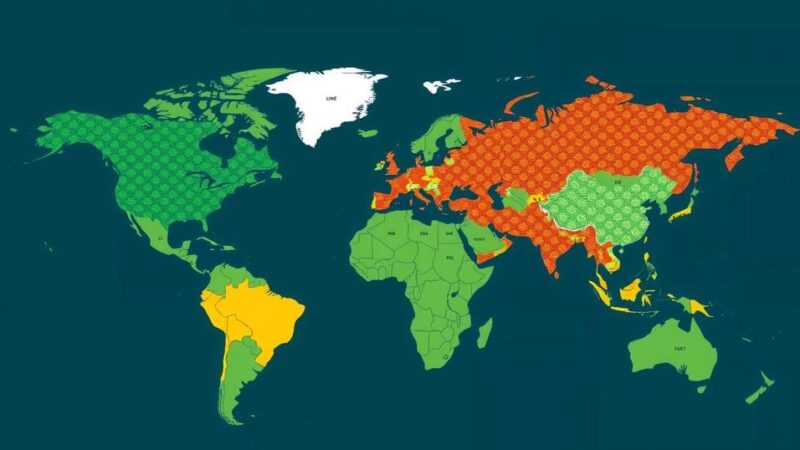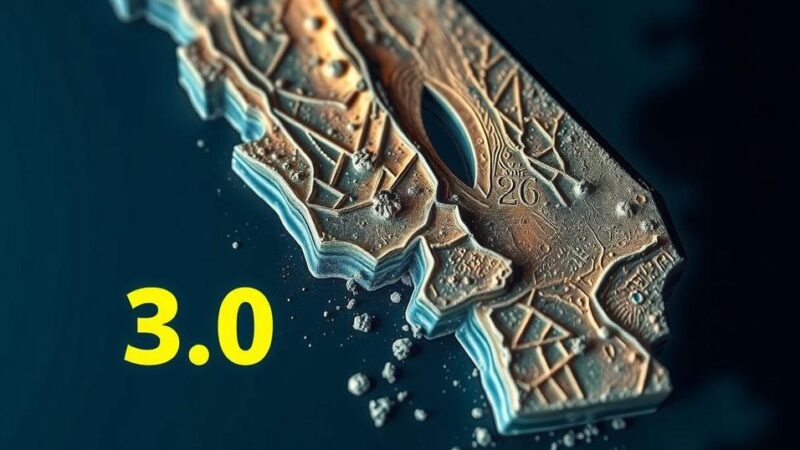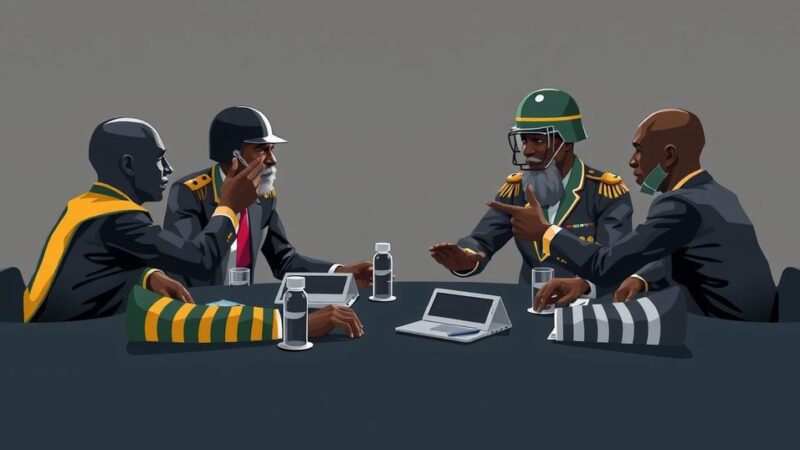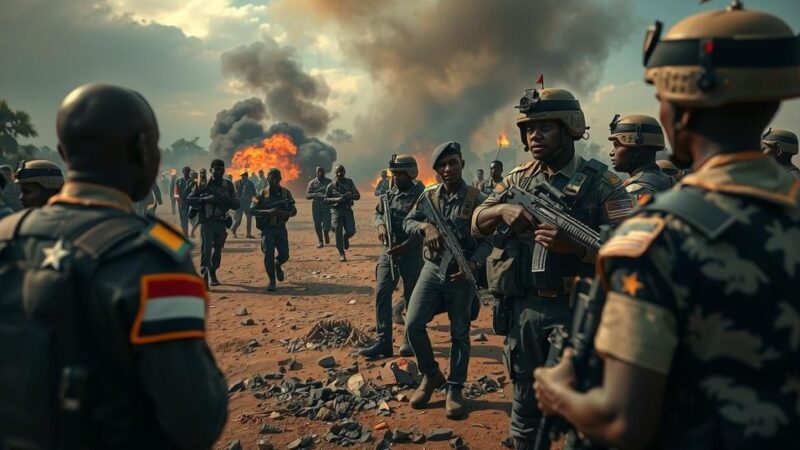Hezbollah leader Hassan Nasrallah has been killed in an Israeli airstrike, escalating tensions in the Middle East. This event raises questions about Israel’s strategy regarding Hezbollah and Iran, as Prime Minister Netanyahu strongly rejects ceasefires. The analysis includes expert insights on the shifting dynamics as Israel faces multiple conflicts in the region, including those involving Hamas in Gaza and the Houthis in Yemen.
In a remarkable and unforeseen development, the leadership of Hezbollah has been dramatically altered with the reported killing of Hassan Nasrallah by Israeli forces. This targeted airstrike, utilizing sophisticated bunker-busting munitions, signifies a pivotal moment for Hezbollah, an organization significantly backed by Iran. The ramifications of this event ripple across the region, prompting scrutiny regarding Israel’s subsequent strategies, particularly towards Iran. The Israeli military has intensified operations against Hezbollah amid the ongoing conflict, while Prime Minister Benjamin Netanyahu maintains an unwavering position against any ceasefire, issuing stern warnings directly to Tehran. Furthermore, this situation invites analysis from experts such as Rohan Gunaratna, who provide insights into the shifting dynamics of the Middle East. The broader implications of these developments are substantial, as Israel’s engagement in conflicts stretches beyond a singular front. It faces challenges not only from Hezbollah in Lebanon but also from Hamas in Gaza and the Houthis in Yemen. Each of these factions represents complex threats, further complicating Israel’s military and political landscape in the region. In exploring these themes, the current trajectory of U.S. influence as a global superpower is juxtaposed against the backdrop of these Middle Eastern tensions. As the United States grapples with its declining standing on the world stage, the implications for regional stability emerge as a focal point for analysis and discourse.
The recent death of Hassan Nasrallah has introduced a significant shift in the power dynamics of Hezbollah and its capacity to operate against Israeli forces. Historically, Hezbollah has been one of Iran’s most crucial allies in the region, fostering instability along Israel’s northern borders. This incident not only threatens the operational continuity of Hezbollah but also raises pressing concerns regarding Iran’s reactions and broader strategic maneuvers within the Middle East. The Israeli military’s continuous offensive actions signal a broader strategy focused on curtailing Iranian influence across multiple conflict zones in the region. Understanding the geopolitics of the Middle East requires an awareness of longstanding rivalries, particularly between Israel and Iran, and how this affects entities such as Hezbollah. These developments are further complicated by the active conflicts in Gaza, the West Bank, and Yemen, which create a mosaic of challenges for Israel as it seeks to adapt and respond to evolving security threats.
The assassination of Hassan Nasrallah marks a pivotal change not only for Hezbollah but also for the geopolitics of the Middle East. With Israeli forces intensifying their military operations and Netanyahu’s administration firmly rejecting ceasefires and warning Iran, the situation remains volatile. Experts like Rohan Gunaratna suggest a profound transformation in the dynamics of regional alliances and conflicts. Moving forward, observers must closely monitor how Israel’s military strategies develop in response to these unfolding events, particularly given the implications for Iran and the entire region’s stability.
Original Source: www.indiatoday.in
